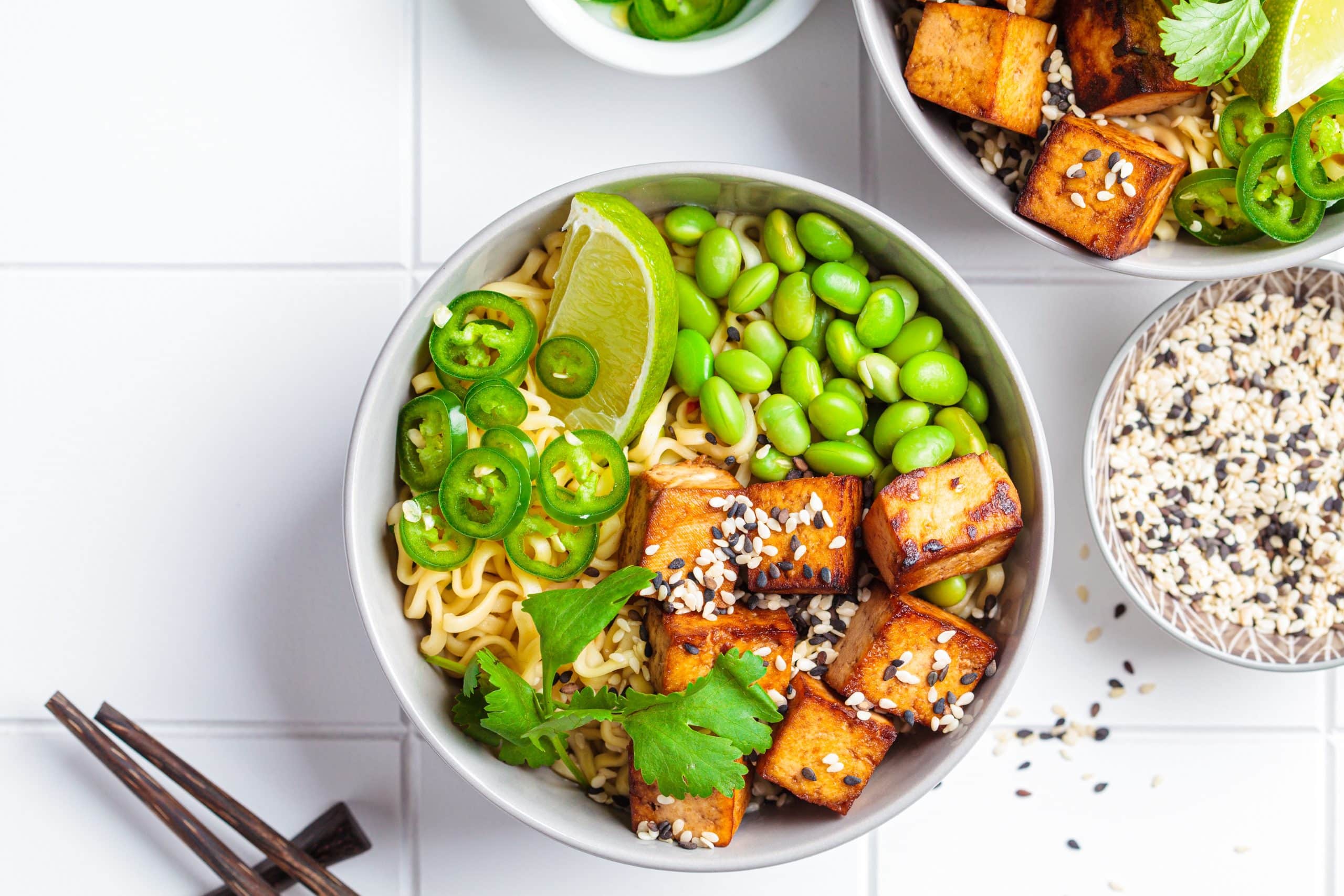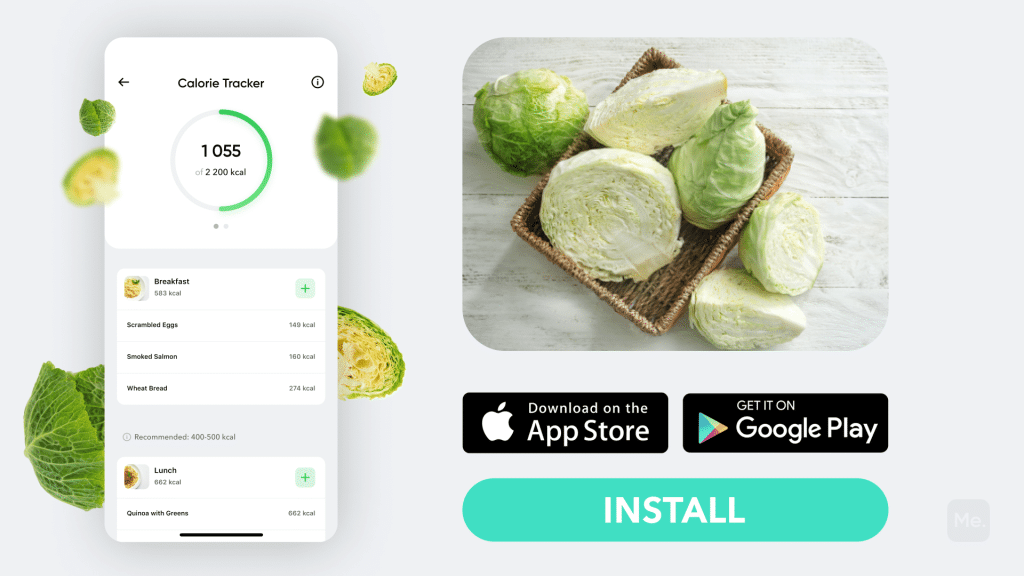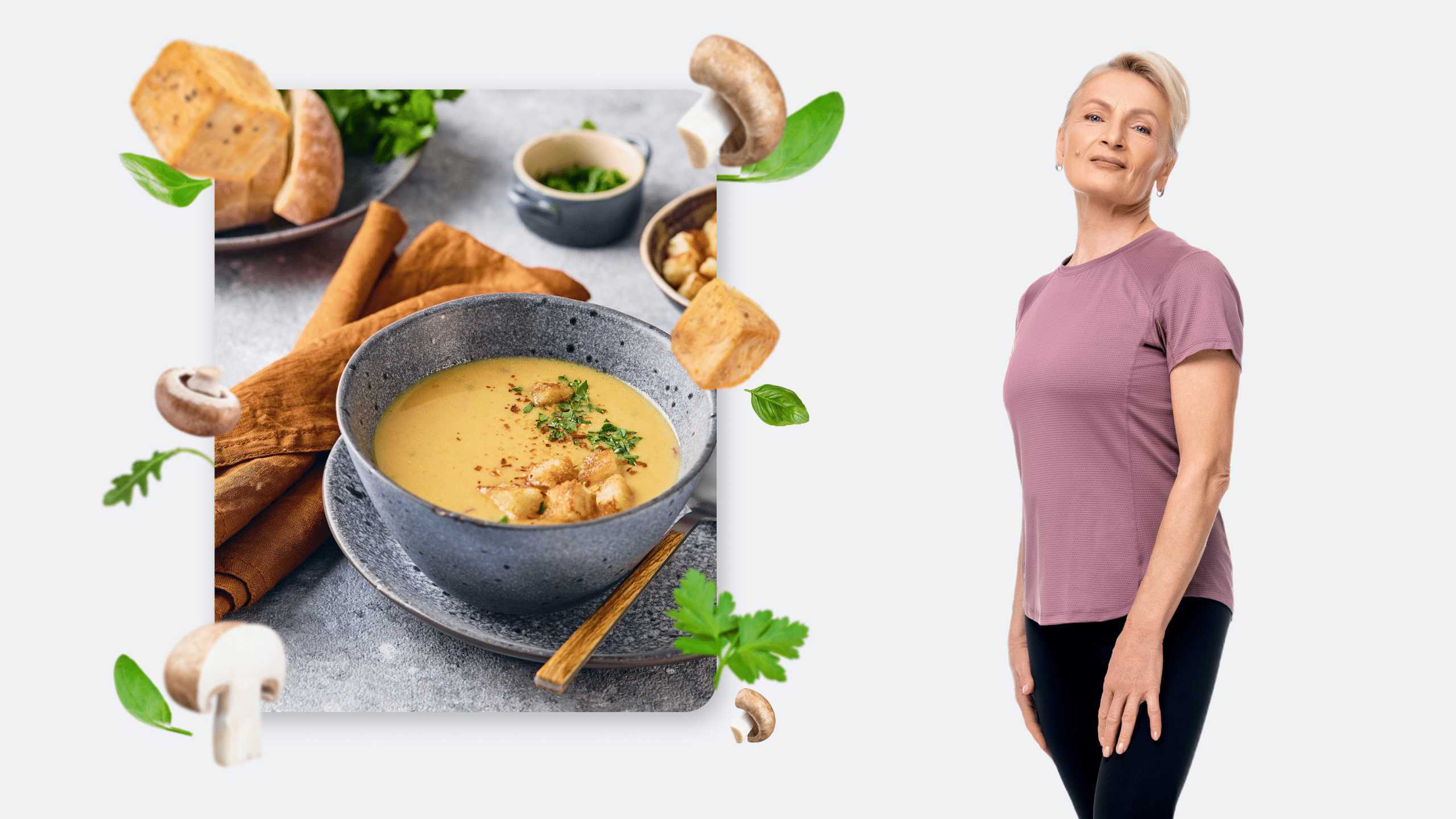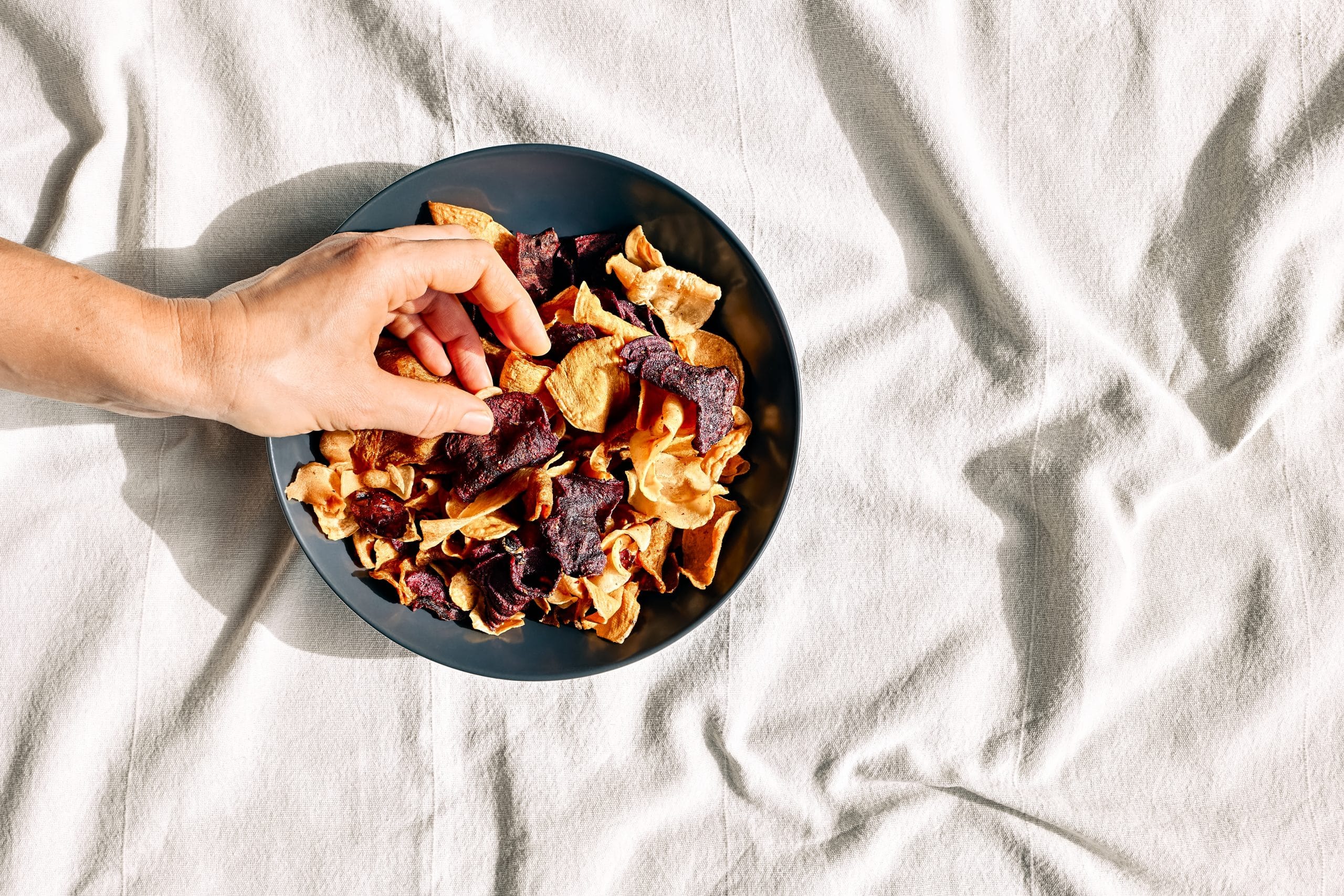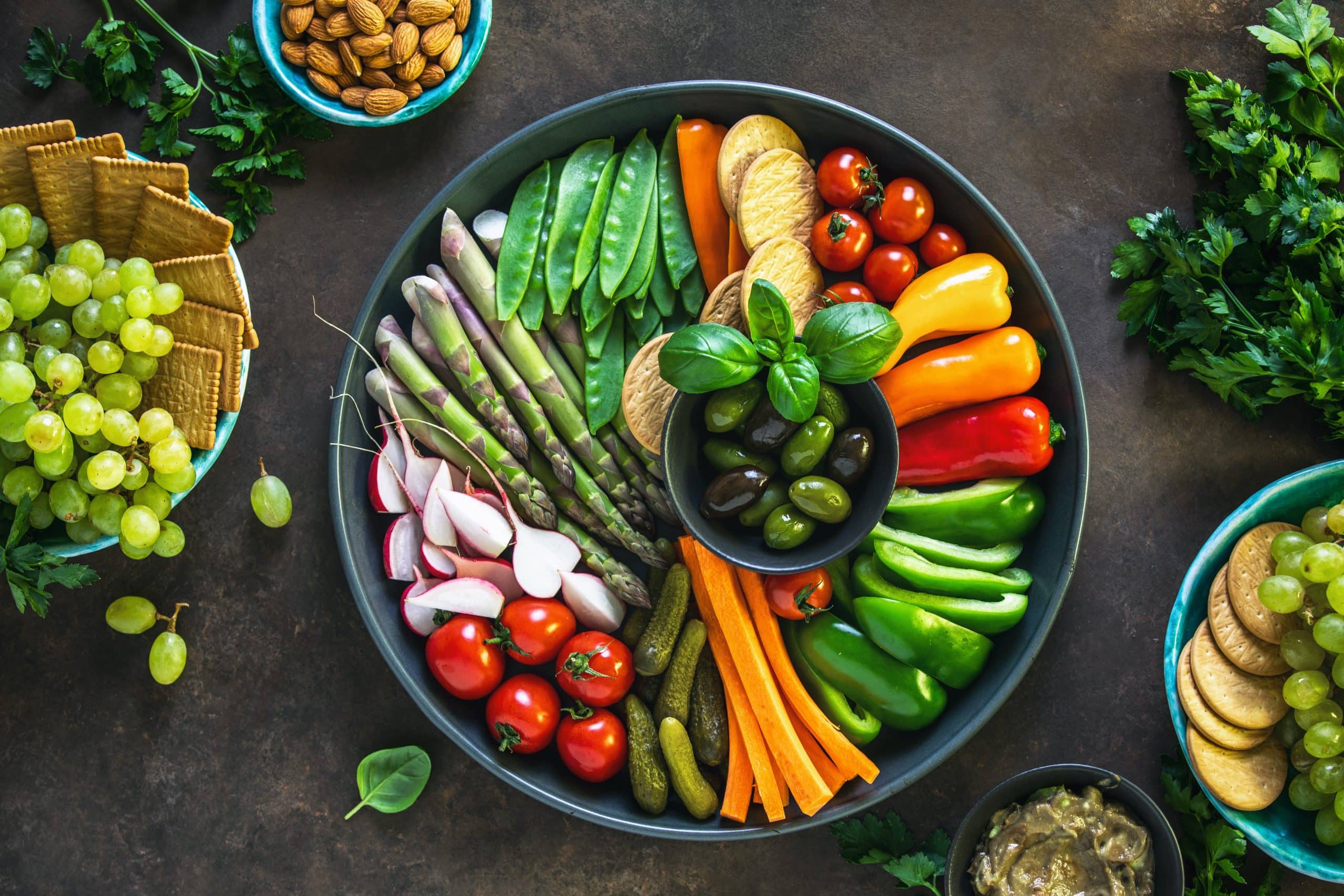If you’ve ever stumbled upon a conversation between a vegan and a meat eater, you’ve probably heard the question ‘how do most vegans get protein?” thrown around. Seeing how the vegan diet is a plant-based eating plan that eliminates all animal based foods/products, for many non-vegans or people considering trying out this eating plan either due to health issues, weight loss, etc., this is a very valid concern.
Protein is a key nutrient that all humans need to not only avoid nutritional deficiencies, but also in order for our bodies to function correctly. While animal products like meat and eggs have a lot of high quality protein, the good news is that certain plant based foods also have protein, meaning that if they are included in your eating plant, you should not suffer from a nutrient deficiency, even on a meatless diet.
If you are curious as to which vegan protein sources these are, then you are in the right place. In today’s article, we shall be presenting to you which are the high protein vegan foods you should be sure to add to your diet as a vegan (or vegetarian).
Get your personalized
meal plan!
Why Is Protein Important And How Much Does The Average Person Need?
Before delving into the best vegan high protein foods, why is this nutrient so important in your diet and how much of it does the average person need to consume per day?
Protein is an essential macronutrient that is found out throughout the body from the strands of your hair to bones and even the muscle. This macronutrient is made up of combinations of 20 building blocks commonly referred to as amino acids. While our bodies can make some amino acids (about 11), there are 9 that we can’t make and they must come from food.
These nine amino acids are commonly referred to as essential amino acids namely – histidine, isoleucine, leucine, lysine, methionine, phenylalanine, threonine, tryptophan, and valine (4).
The body uses this macronutrient for
- Growth and development in children, teens and pregnant women
- Building and repairing cell tissue
- Maintaining several bodily processes like supporting blood clotting, fluid balance, maintaining pH, immune system functioning, transporting nutrients and oxygen all over the body, production of hormones and enzymes, etc. (19, 11, 5)
Read More: Is Dark Chocolate Vegan? A Complete Guide
In terms of how much protein one needs, according to WebMD, on average adult men and women require at least 56 and 46 grams of protein a day, respectively. Another point to note is that the Recommended Dietary Allowance of protein for a healthy adult with minimal physical activity is currently at least 0.8 g protein per kg body weight (BW) per day (6).
Please also note that this is the minimum amount that a person needs to simply ensure that they don’t fall sick and avoid deficiencies – not the specific amount you are supposed to eat every day. This number can go up due to individual factors such as pregnancy, injury or illness, how active you are, etc.
The Best High Protein Vegan Foods
Now that we understand the importance of this macronutrient in the body, here are some vegan foods high in protein that you can add to your grocery list today
-
Seitan
Also known as ‘wheat meat’, seitan is a mildly flavored, high-protein meat substitute made of wheat gluten. According to Spruce Eats, this vegan meat substitute tastes like bland chicken or portobello mushrooms and its texture closely resembles that of actual meat.
According to the USDA, one serving of seitan (about 85 grams) contains 21 grams of protein. As if this wasn’t good enough, this meat alternative also contains some calcium at 20 mg and has very little carbohydrates – just 5 g – making it one of the best high protein low carb vegan foods out there (14).
Seitan can be prepared and cooked just like meat. You can pan fry it, add it to stir-fry, make it into a stew or curry, the possibilities are endless. However, for people with a gluten intolerance or wheat allergy, it is best to avoid this meat alternative since it is made from wheat, which has gluten.
BetterMe app will kick you out of the mental funk, shake off your extra weight, rid you off your energy-zapping habits, and help you sculpt the body of your dreams. Intrigued? Hurry up and change your life for the better!
-
Edamame
For those not familiar with this vegetable, edamame are whole, immature soybeans that are quite popular in East Asian cuisine. Mostly eaten in the West as a snack or appetizer, this green vegetable is a great source of vegan protein.
100 g of edamame has 12 g of protein and is also quite high in nutrients such as phosphorus, potassium, magnesium, folate, choline, and calcium (7). Other than enjoying them by themselves as a snack or appetizer, you can also add these green soybeans into salads, stir-frys, make burgers with them, etc.
-
Tofu
Perhaps the most popular vegan source of protein on this list, tofu is a fantastic high protein meat alternative for vegans, vegetarians or anyone looking to add a meatless Monday meal option to their menu. Like edamame, tofu is a soybean product that was long enjoyed in East and Southeast Asian cuisines before being introduced to the West. 1 quarter of a block of hard tofu – usually about 122 g – has a whopping 15.5 g of protein (20).
If you’ve never tried this product before, here are some important things to note
- By itself, tofu doesn’t have much of a taste. However, it very easily absorbs flavor from other foods it’s cooked with or spices used to make it. Try marinating your tofu with the same spice mixture you use for your beef and see how delicious it can be. You can also add it to your vegetable stew for some extra protein and a meaty texture
- Tofu comes in different levels of firmness namely, extra soft, soft (silken), firm, or extra firm. The softer the tofu, the more water it has, and the more careful you’ll need to be when handling it, lest it suddenly breaks apart in your hands. According to The Kitchen (21),
- Silken and soft tofu are best used n creamy and blended foods like smoothies, desserts, puddings, salad dressings, sauces, and dips, as well as egg substitutes in baking
- Firm variations of this product are best for soups, stir-frys, pan-frying, as a cheese substitute when crumbles, baking, grilling, as a ground meat substitute, or even deep frying.
-
Lentils
With 18 grams of protein in just 1 cup, lentils are great high protein vegan foods that are not only cheap, but also easily accessible to most people all around the world. They are also a great source of complex carbohydrates, fiber, as well as nutrients such as calcium, magnesium, phosphorus, potassium, folate and choline (9). According to the Food and Agriculture Organization of the United Nations, lentils come in the following common varieties (8)
- Brown – The most common variety that works well in warm salads, casseroles, soups, and stews. It can also be used in vegan burgers and meatloafs.
- Green – Other than the color, they also tend to have a peppery flavor. They can be used in the same way as brown lentils but they are best for either salads or side dishes.
- Red/Orange/Yellow – Also known as split lentils, they are mostly seen in both Indian and Middle Eastern cuisines. They have a sweet and nutty flavor which makes them best for soups, stews and casseroles.
Read More: How To Make A Healthy Vegan Spinach Artichoke Dip
-
Beans
It wouldn’t be a complete list of vegan foods high in protein without mentioning beans. Like lentils, beans are not only easily accessible and cheap, but they are available in almost all food cultures across the world.
While there are over 400 types of beans, the most consumed types are black and kidney beans which both have about 15 g of protein per cup (2, 3). Like lentils, these two types of beans are also high in complex carbs, fiber, phosphorus, potassium, folate and choline, as well as other important nutrients.
-
Ancient Grains
Ancient grains are a group of plants/grains and pseudocereals – seeds that are consumed like grains – that have been cultivated and remained the nearly the same for millenia. These ancient grains have been consumed in many parts of the world for centuries, but they are just now gaining traction in The US and other Western countries due to the growing interest in more plant-based and less processed foods.
Some of these ancient grains that are high in protein include
- Amaranth – 9 g per cup (1)
- Spelt – 11 g per cup (16)
- Teff – 10 g per cup (17)
- Quinoa – 8 g per cup (12)
- Millet – 6 g per cup (10)
- Kamut – 10 g per cup (22)
- Sorghum – 20 g per cup (15)
What Are Some Vegan Low Carb High Protein Foods?
Unfortunately, one of the hardest parts about being a vegan is finding high protein low carb vegan foods. As seen above, while finding vegan foods high in protein isn’t hard, most of them are also quite high in carbs, making anyone trying a high protein vegan diet hard.
Here are some vegan protein sources that are also low in carbs
- Tempeh – 100 g has 20 g of protein with just 8 g of carbs (18)
- Hemp seed – 3 tbsp of these seeds add 9 g of protein to your meal but just 3 g of carbs (13).
- Tofu – 100 g of this soybean product gives you 13 g of protein but only 4 g of carbohydrates (20).
- Seitan – A serving of 85 g has 21 g of protein but only 5 g of carbs
What Vegan Food Has The Highest Protein?
While many may assume that either beans, tofu or lentils are the vegan foods with the highest protein quantity per serving, the truth is that seitan is the vegan meat substitute that is highest in this macronutrient. However, quantity isn’t everything. Don’t limit yourself to only seitan just because it’s the highest protein option. It’s ideal to include a variety of different protein sources because they are all rich in different essential amino acids and therefore complement each other.
If you tend to let yourself off the hook, raise the white flag when things get tougher than you expected, send yourself on an unconscious binge-eating trip – BetterMe app is here to help you leave all of these sabotaging habits in the past!
How Can Vegans Get 150 Grams Of Protein A Day?
If you work a very physically demanding job or are a bodybuilder, then consuming as much as 150 g of protein a day may be essential (depending on other individual factors) to ensure that your muscles remain in tip top shape. Some ways to do this include
- Always add beans and lentils to your meals
- Add protein powders to your smoothies – There are many plant protein powders to choose from these days
- Snack on seeds or add them to your meals and smoothies – They are high in protein, healthy fats, and low in carbs
- Make use of nuts and nut butters
- Always make sure that your meals and snacks have any of the above mentioned high protein foods
How Can I Get 100g Of Protein A Day Vegan?
The same points listed above apply here as well. If you are on a high protein low carb diet, for the best results and most success, try choosing the foods that offer the least amount of carbohydrates.
The Bottom Line
As seen above, high protein vegan foods are everywhere, you just have to know where to look. As long as you are sure to add all (or at least most) of these foods to your diet, you are highly unlikely to develop a protein deficiency as a vegan/vegetarian – or simply as a person looking to add more plant-based proteins to their diet.
Ps. If you have a gluten intolerance or a wheat, nut or soy allergy, some of the foods on this list may not be good for you as they are made from wheat, nuts or soy. Be sure to check the packaging to ensure that they are free from the allergen or ingredient you are sensitive to.
DISCLAIMER:
This article is intended for general informational purposes only and does not serve to address individual circumstances. It is not a substitute for professional advice or help and should not be relied on for making any kind of decision-making. Any action taken as a direct or indirect result of the information in this article is entirely at your own risk and is your sole responsibility.
BetterMe, its content staff, and its medical advisors accept no responsibility for inaccuracies, errors, misstatements, inconsistencies, or omissions and specifically disclaim any liability, loss or risk, personal, professional or otherwise, which may be incurred as a consequence, directly or indirectly, of the use and/or application of any content.
You should always seek the advice of your physician or other qualified health provider with any questions you may have regarding a medical condition or your specific situation. Never disregard professional medical advice or delay seeking it because of BetterMe content. If you suspect or think you may have a medical emergency, call your doctor.
SOURCES:
- Amaranth grain, cooked (2019, fdc.nal.usda.gov)
- Beans, black, mature seeds, cooked, boiled, without salt (2019, fdc.nal.usda.gov)
- Beans, kidney, all types, mature seeds, cooked, boiled, with salt (2019, fdc.nal.usda.gov)
- Biochemistry, Essential Amino Acids (2022, ncbi.nlm.nih.gov)
- Demonstration of pH-regulating protein (2010, sciencedaily.com)
- Dietary protein intake and human health (2016, pubmed.ncbi.nlm.nih.gov)
- Edamame, frozen, prepared (2019, fdc.nal.usda.gov)
- Everything You Need to Know About Lentils (2016, fao.org)
- Lentils, mature seeds, cooked, boiled, without salt (2019, fdc.nal.usda.gov)
- Millet, cooked (2019, fdc.nal.usda.gov)
- Protein Hormones and Immunity (2007, ncbi.nlm.nih.gov)
- Quinoa, cooked (2019, fdc.nal.usda.gov)
- Seeds, hemp seed, hulled (2019, fdc.nal.usda.gov)
- SEITAN WHEAT PROTEIN CUBED, SEITAN (2021, fdc.nal.usda.gov)
- Sorghum grain (2019, fdc.nal.usda.gov)
- Spelt, cooked (2019, fdc.nal.usda.gov)
- Teff, cooked (2019, fdc.nal.usda.gov)
- Tempeh, cooked (2019, fdc.nal.usda.gov)
- The Central Role of Enzymes as Biological Catalysts (n.d., ncbi.nlm.nih.gov)
- Tofu, hard, prepared with nigari (2019, fdc.nal.usda.gov)
- What’s the Difference Between All the Types of Tofu? (2022, thekitchn.com)
- Wheat, KAMUT khorasan, cooked (2019, fdc.nal.usda.gov)

